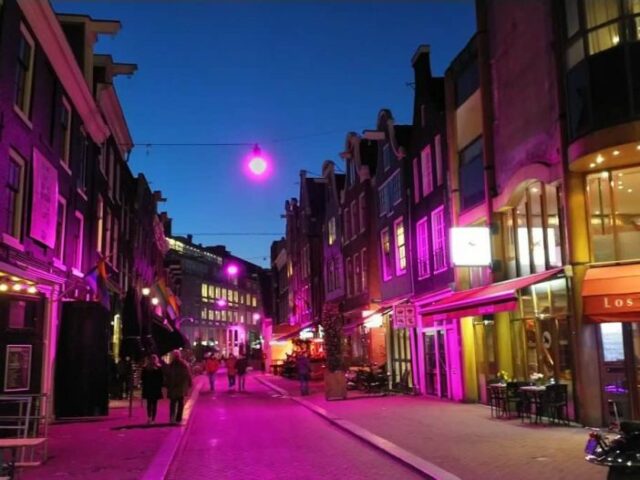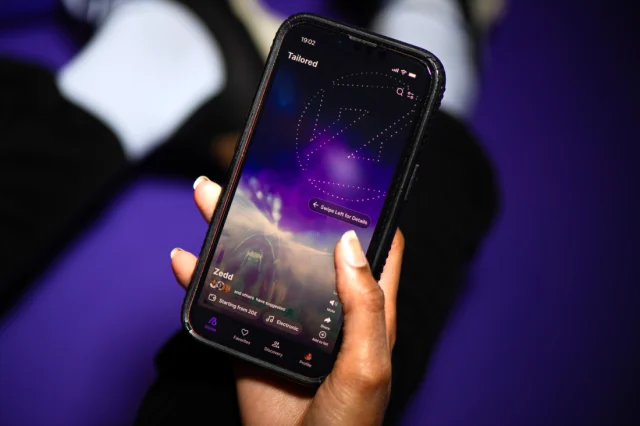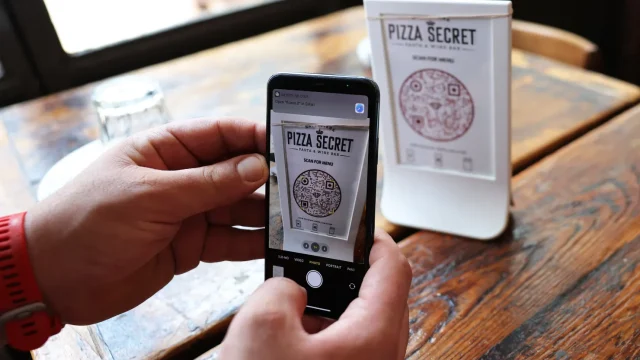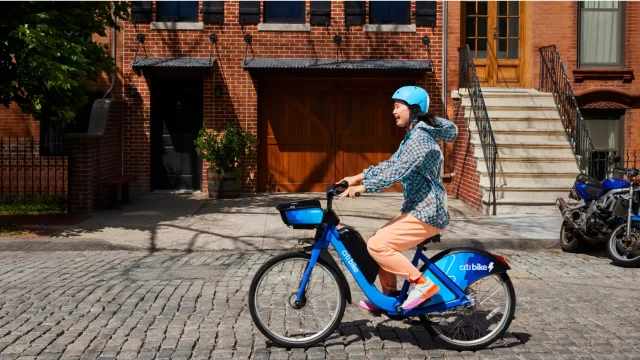Technology is useful. Technology can help people connect with people that live across the globe. Technology is why nightclubs can have DJs, operate colorful lights, and let people have fun.
Technology has allowed people to read this very article. Furthermore, technology can help cities adapt to the digital world, especially regarding nightlife. There are many ways that technology can help cities adapt to the digital world that policymakers, urban planners, and designers can use. Sensor-based lighting that can adjust in color and level of light can help cities adapt to different situations and places, such as night concerts. This way, energy usage can be reduced.

Event discovery apps that provide event recommendations and real-life nightlife updates to visitors and residents alike. Moreover, there are apps like the MijnBuur app, which can act as an
inconvenience alarm for residents and visitors alike. Apps that can connect local neighbourhoods and police, and reveal inconveniences, can help the nightlife become more smooth.

Digital tools such as mobile payments, wireless ticket systems, digital and QR code menus, digital bookings, and safety sensors can help tourists, visitors, and residents have a good time. Moreover, the business workers would feel less pressure.

Digital technology can also help people in terms of transport. Public transportation, such as buses, have dedicated apps to send updates and map out routes and incidents. Moreover, in places such as New Zealand and America, the public can use electric scooters and bikes.

Almost all cities in the developed world are advancing to a SMART destination. Cities can adapt to the digital world and help the nightlife by integrating SMART city infrastructure and technology.
Green rooftops, solar-powered infrastructure (with a battery for excess power), solar-powered benches, optimized waste collection routes, and EV charging stations can improve city efficiency and safety, including the nightlife districts. Urban planners can encourage this by implementing incentives to facilitate this.
SMART cities would require smart solutions. Another way cities can adapt to the digital world is by using data. For example, in Berlin, a data-driven study called The Creative Footprint gathers data from Berlin’s 496 music genres. It uses that data to map out its nightlife and creative space. Urban planners can use data visualization instruments to help them make decisions.
However, with these diverse suggestions above, urban planners must include the local communities as active participants in decision-making.
Author:
Xiuwei Zhang
Urban Planner for Tourist Destination intern
University of Auckland, Auckland, NZ
Mentor:
Marija Lazarevic, MSc
CEO at MariXperience ltd.

